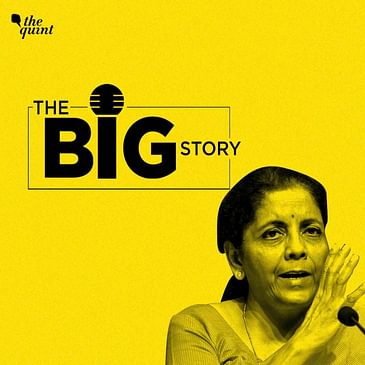The relief measures include expansion of the emergency credit line guarantee scheme or ECLGS, from Rs 3 lakh crore to 4.5 lakh crore and a new loan guarantee scheme for the healthcare industry, amounting to Rs 50,000 crore.
Apart from this, measures to boost the tourism sector with loan guarantees to stakeholders and free visas to the first 5 lakh tourists till 31 March 2022, were also announced
While the finance minister pegged the financial impact of these measures at nearly Rs 6.29 lakh crore, 'direct stimulus' to the economy was only a small fraction of this number.
The estimated additional spend is reportedly just 0.3 percent of the GDP since most of the relief measures are only in the form of guarantee loans and not all schemes are related to the current financial year but are spread out over several years.
This prompts the question: how impactful are these relief measures in the short term and why India, unlike advanced economies, continues to pump more funds into the supply side of the economy and not offer huge stimulus packages to households recovering from the trail of devastation left by the second wave?
Host and Producer: Himmat Shaligram Guest: Aditi Nayar, ICRA Chief Economist and Madan Sabnavis, Chief Economist at CARE Ratings. Editor: Shelly Walia
Music: Big Bang Fuzz
Listen to The Big Story podcast on:
Apple: https://apple.co/2AYdLIl Saavn: http://bit.ly/2oix78C Google Podcasts: http://bit.ly/2ntMV7S Spotify: https://spoti.fi/2IyLAUQ Deezer: http://bit.ly/2Vrf5Ng Castbox: http://bit.ly/2VqZ9ur


